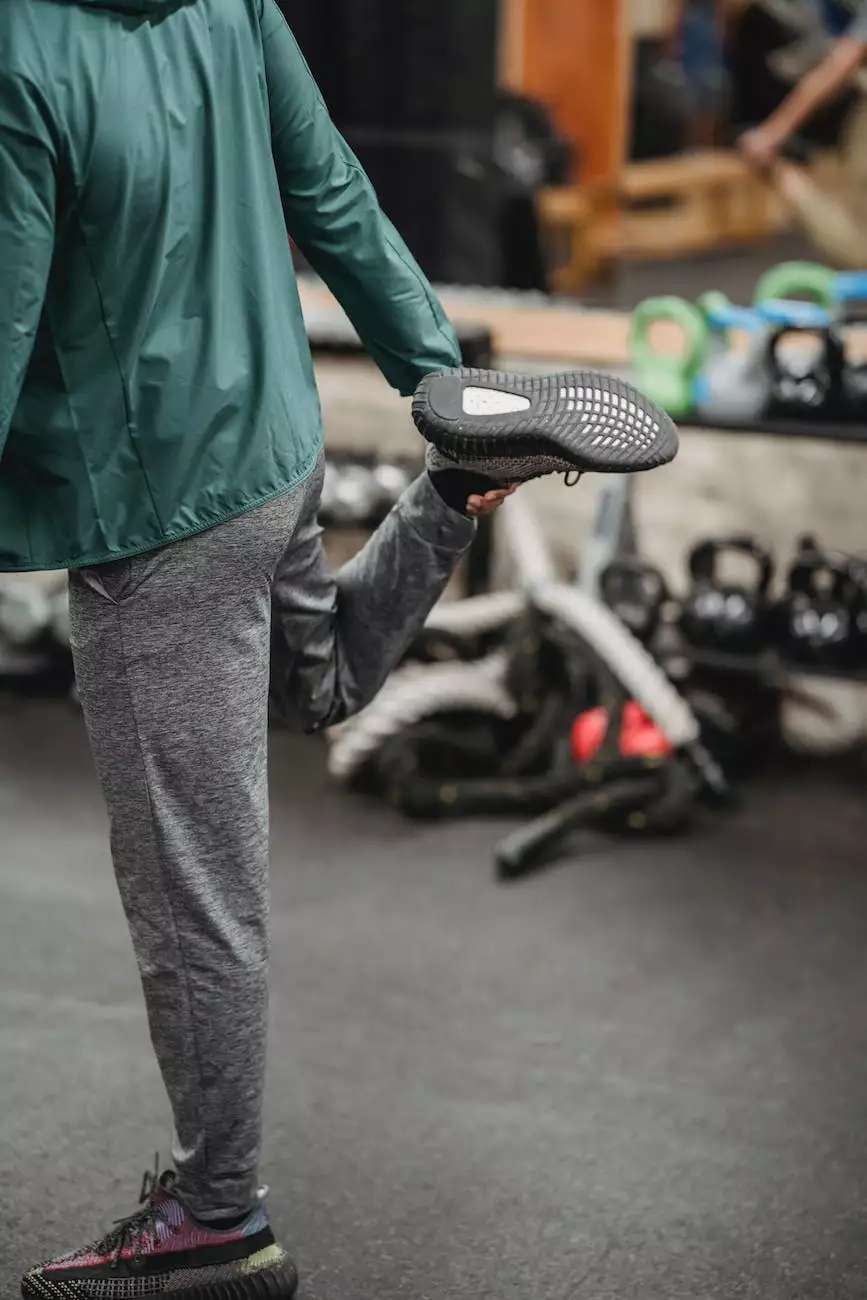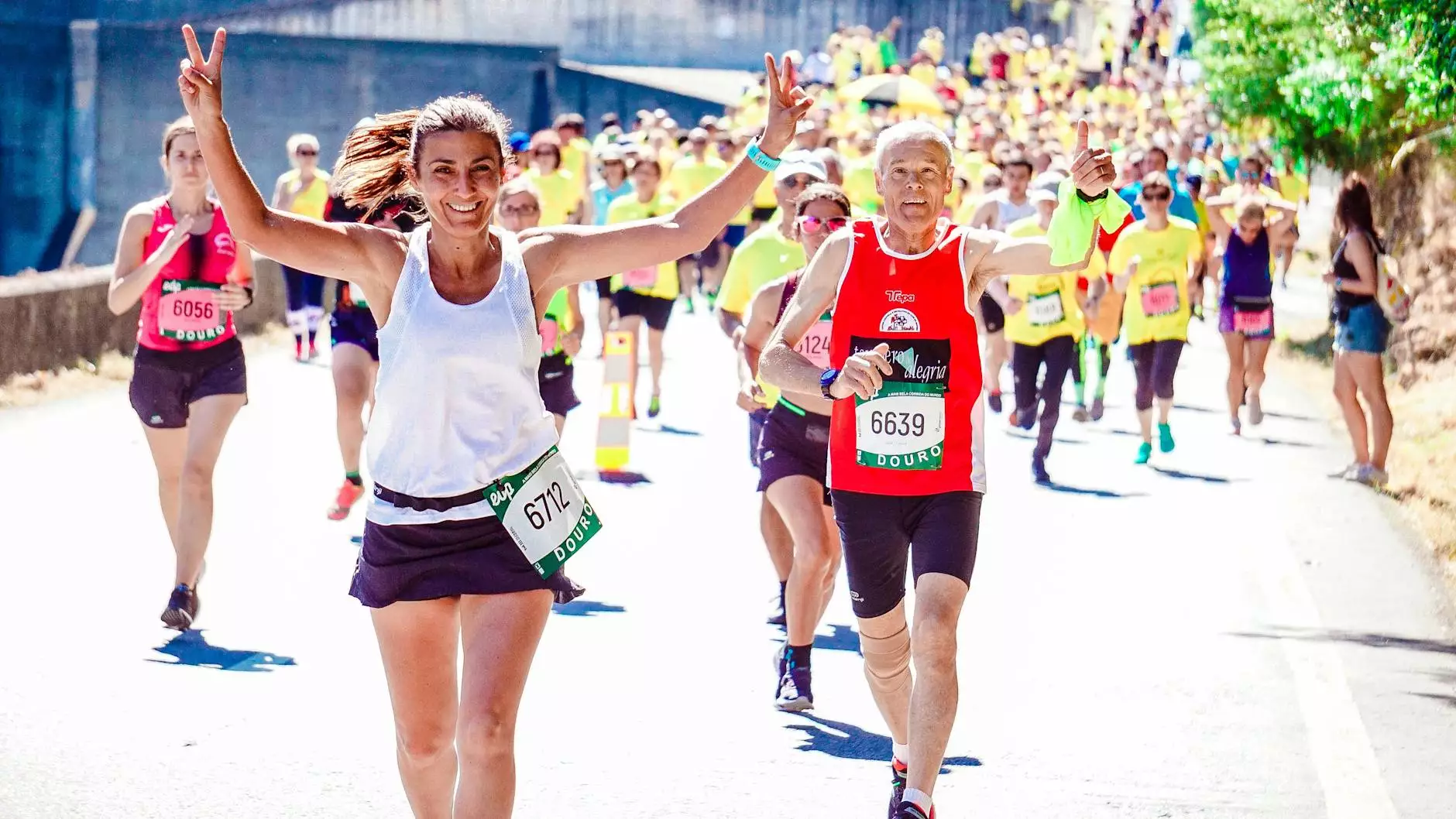Benefits of Dynamic vs. Static Stretching
Fitness Classes
Improve Flexibility and Performance in Performing Arts
At Sheridan Movement Studios, we understand the vital role that flexibility plays in the world of performing arts. Whether you are a dancer, actor, or musician, having a well-rounded stretching routine is crucial for achieving optimal performance and preventing injuries. In this article, we will explore the benefits of dynamic vs. static stretching and how they can enhance your abilities in the arts.
What is Dynamic Stretching?
Dynamic stretching involves active movements that mimic the motions used in a specific activity or performance. It focuses on stretching and strengthening muscles simultaneously, preparing them for the upcoming physical demands. Dynamic stretches are generally performed in a controlled and deliberate manner, with gradual increases in range of motion.
Dynamic stretching is particularly effective in warming up the body before engaging in activities that require explosive movements or a wide range of motion. It helps increase blood flow to the muscles, improves joint mobility, and enhances muscle activation. This type of stretching can also improve overall performance by enhancing coordination, balance, and proprioception.
Benefits of Dynamic Stretching:
- Enhanced Flexibility: Dynamic stretching helps improve flexibility by increasing the extensibility of muscles and tendons. This allows for a greater range of motion, enabling performers to execute demanding dance routines, theatrical gestures, or complex musical techniques with ease.
- Improved Strength: By actively engaging the muscles during dynamic stretching, performers develop strength in the specific muscles required for their art form. This added strength contributes to better stability, control, and power during performances.
- Increased Blood Flow: Dynamic stretching promotes blood circulation, delivering essential nutrients and oxygen to the muscles. This not only enhances performance but also aids in the prevention of muscle cramps and fatigue.
- Enhanced Injury Prevention: Regularly incorporating dynamic stretching into your routine can help reduce the risk of injuries by increasing muscle flexibility, joint range of motion, and overall body awareness. Preventing injuries is crucial for any performing artist seeking a long and successful career in the arts.
- Optimized Performance: Dynamic stretching prepares the body for the intricate movements and physical demands of performing arts. It helps activate the muscles used during performances, improving coordination, balance, and agility. Performers who regularly engage in dynamic stretching often find themselves executing routines with precision and grace.
What is Static Stretching?
Static stretching involves holding a stretch for an extended period, typically around 15-60 seconds. This type of stretching focuses on lengthening muscles and increasing overall flexibility. Static stretches are typically performed after physical activity as part of a cool-down routine, helping to relax and elongate muscles.
Static stretching is beneficial for increasing overall flexibility, reducing muscle tension, and promoting a sense of relaxation. It can provide a moment of calmness after vigorous physical activity, allowing performers to release accumulated tension and reset the body.
Benefits of Static Stretching:
- Improved Flexibility: Static stretching helps increase the flexibility of muscles and tendons, allowing for a greater range of motion over time. This can be particularly useful for performers needing to execute long, controlled movements, such as ballet dancers or actors performing extended physical sequences.
- Reduced Muscle Tension: Holding static stretches can help release muscle tension and promote relaxation. Performers often experience muscle tightness and soreness after strenuous activities. Incorporating static stretching into their routine can help alleviate these symptoms and enhance recovery.
- Enhanced Body Awareness: Static stretching encourages performers to focus on their breath, body alignment, and muscle sensations. This increased awareness can lead to improved body control, posture, and a deeper connection with the art form.
- Improved Post-Performance Recovery: Including static stretches in a post-performance routine can aid in the relaxation and recovery process. It helps gradually reduce heart rate, cool down the body, and prevent muscle stiffness or soreness after intense physical exertion.
A Balanced Approach for Optimal Performance
While both dynamic and static stretching have their benefits, a balanced approach is key to optimizing performance in the arts. At Sheridan Movement Studios, our experienced instructors guide students through comprehensive warm-up and cool-down routines that incorporate a combination of dynamic and static stretches.
We understand that every performer is unique, and their stretching routine should be tailored to their specific needs and art forms. Our instructors work closely with students to design personalized stretching programs that address their individual goals, weaknesses, and areas of focus.
By incorporating both dynamic and static stretching into their training, performers can experience improved flexibility, increased strength, enhanced body awareness, and reduced injury risks. Ready to take your performing arts abilities to the next level? Join us at Sheridan Movement Studios and unlock your full potential through our expert guidance and tailored stretching programs.




